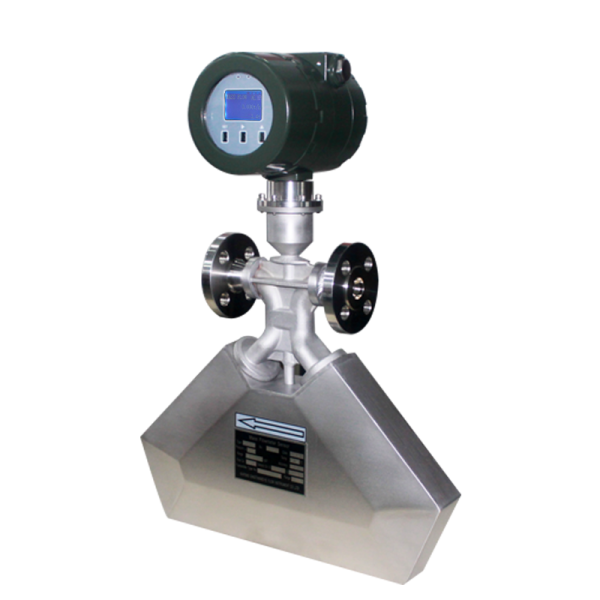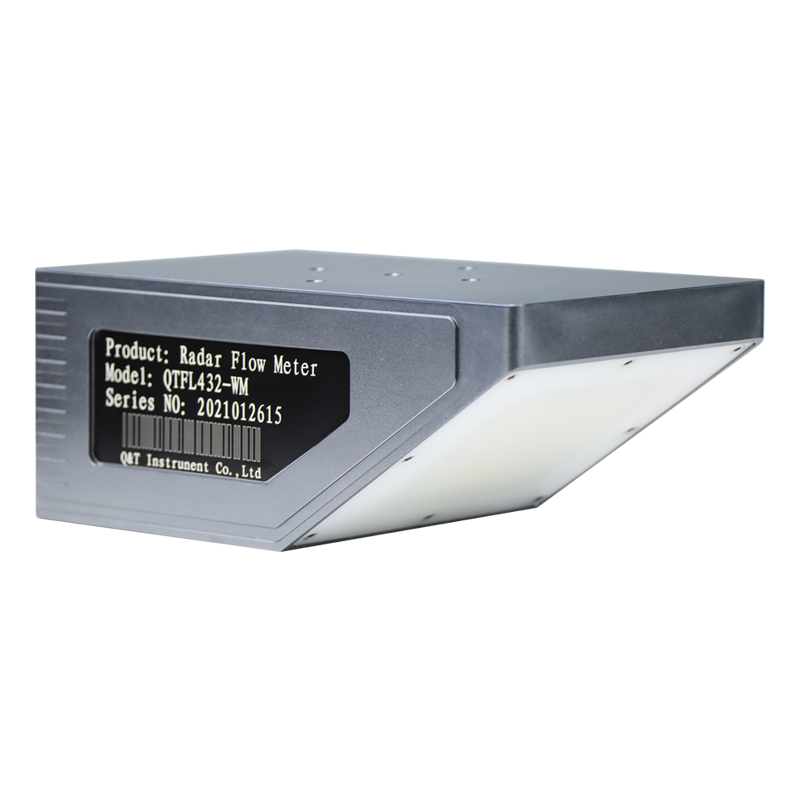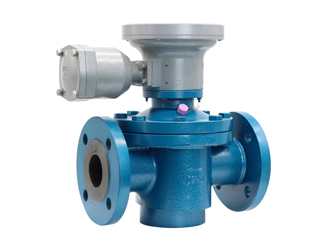2021-07-07
There are many kinds of flow meters with vaious kinds of signal outputs and differnt wirings. For example, two-wire system, three-wire system, four-wire system etc. So how to distinguish between these types?
1. Two-wire system: The two wires are both the power wire and the signal wire at the same time, generally used for 4-20mA signal transmission. Its advantage is that the wiring is simple, and it is only suitable for the primary sensor with low power. The sensor itself is obtained from the two-wire system, which will definitely affect its load capacity force.
2. Three-wire system: one wire is the positive power wire, one wire is the positive signal wire, one wire is the common wire of the negative power wire.and the negative signal wire, generally used for 1^5v signal transmission, generally three wires are used for thermal resistance system which can eliminate the measurement deviation caused by the resistance of the connecting wire.
3. Four-wire system: two wires for power and two wires for signal. Power and signal work separately. That is, on the basis of the three-wire system, the signal line has its own ground, not the same ground as the power line. Its own current is a part of the total current, and because it is not shared with the power supply, its current may be difficult to calculate compared to the three-wire system. Because the power supply and power are separated, the power and signal of this unit are not related to the power. Suitable for high-power sensors, the general electromagnetic flowmeter is a four-wire system.
share:
Pre:Advantage of electromagnetic flow meter for slurry application
Next:The difference of various kinds of ultrasonic flow meters



.jpg)
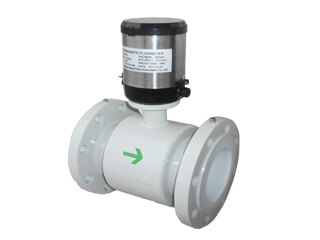
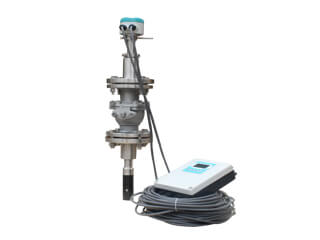
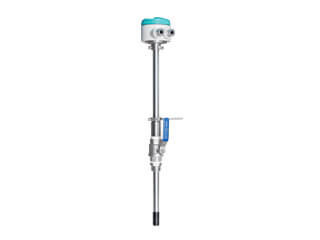
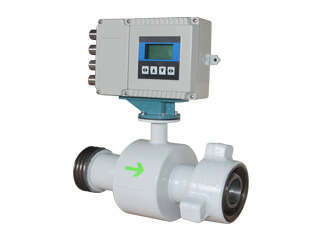
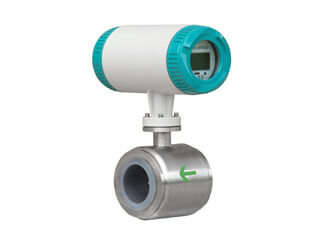
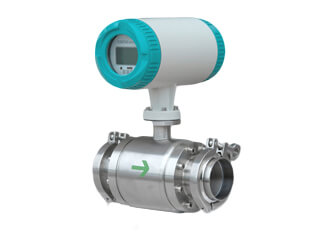
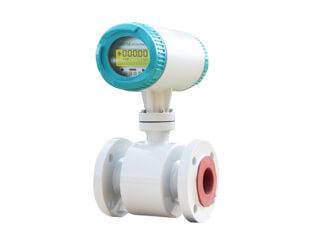
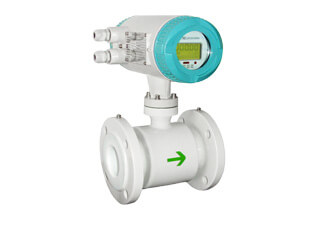
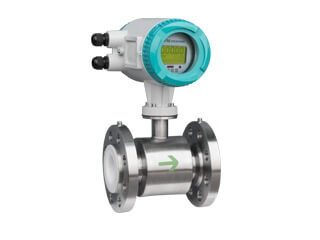
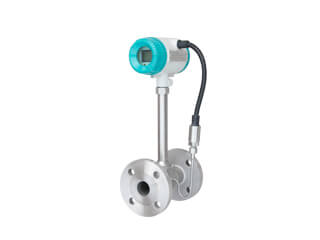
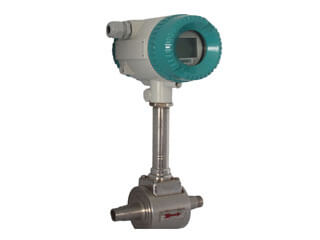
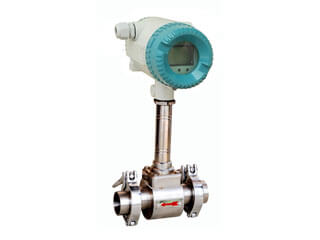
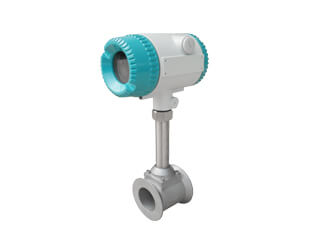
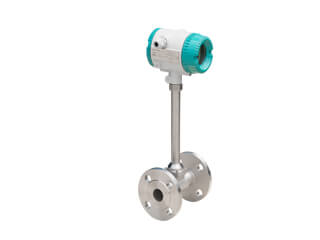
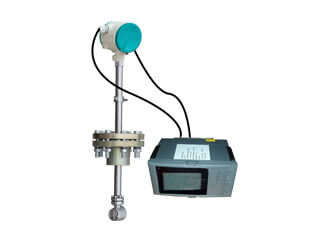
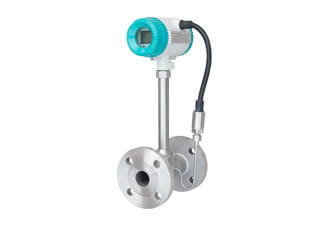
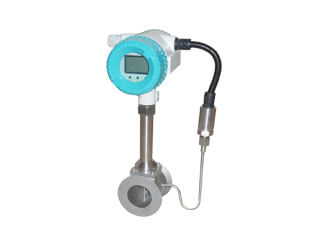
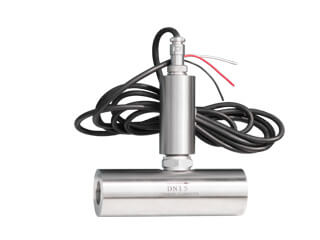
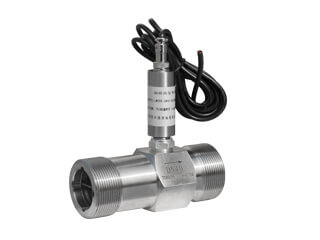
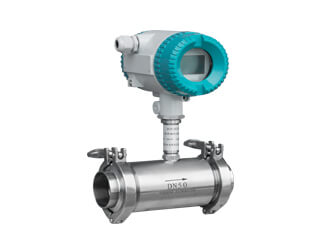
.jpg)
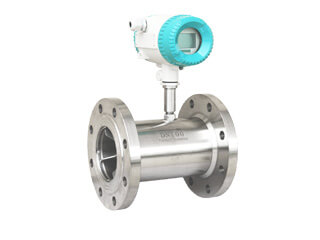
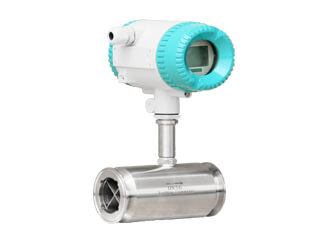
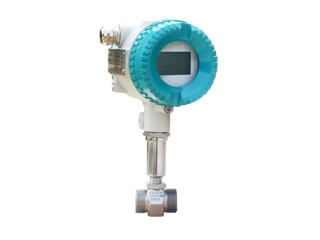
.jpg)
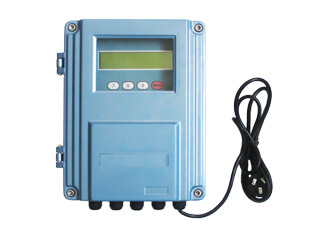
.jpg)
.jpg)
.jpg)
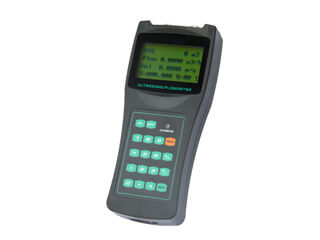
.jpg)
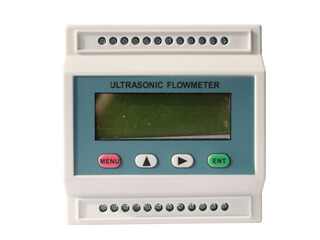
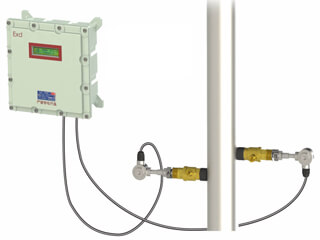
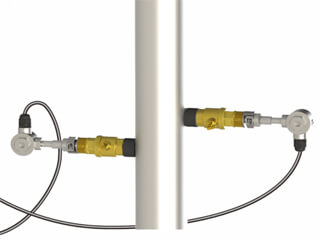
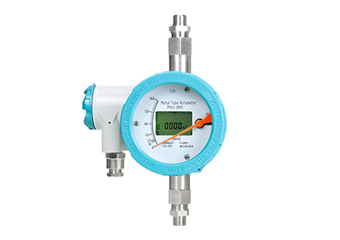
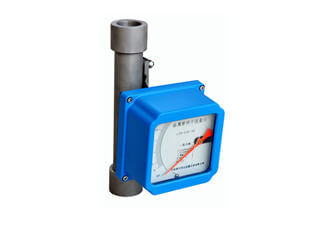
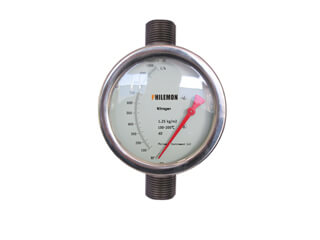
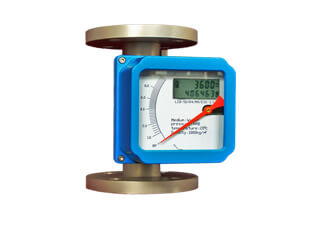
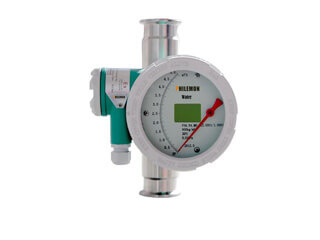
.jpg)
.jpg)
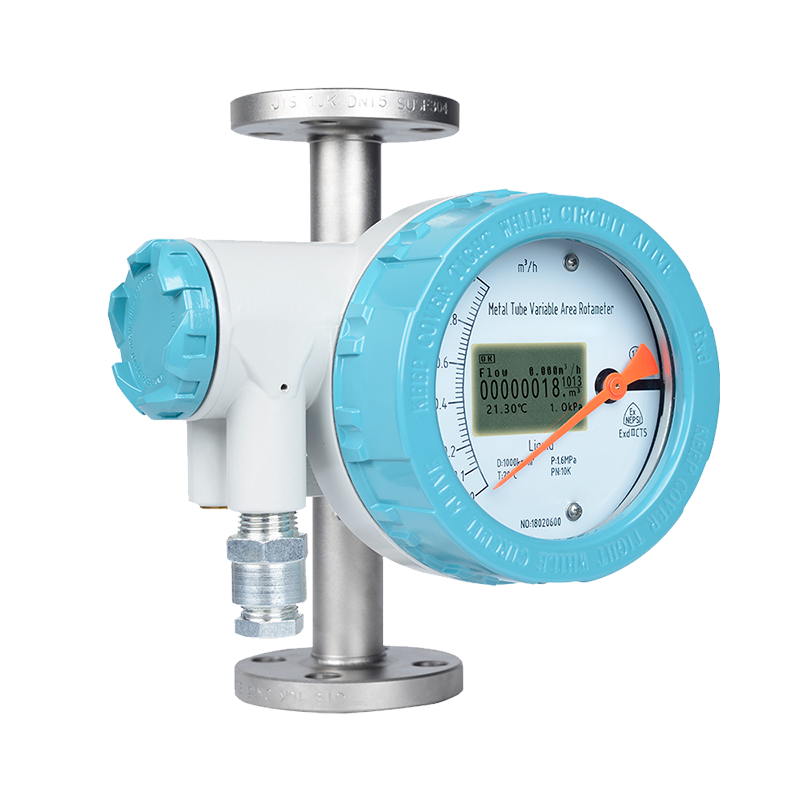
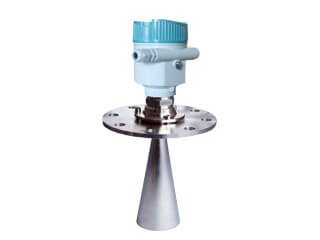
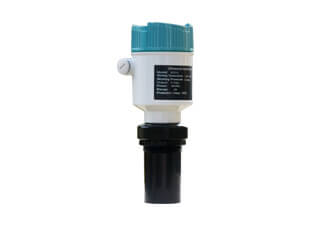
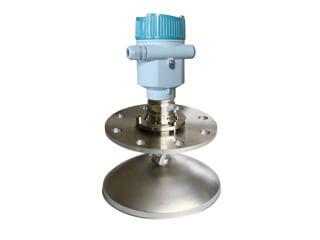
.jpg)
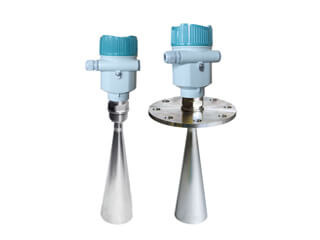
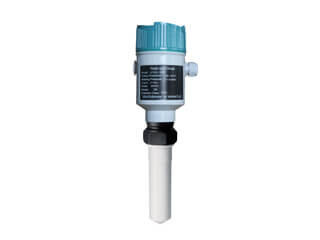
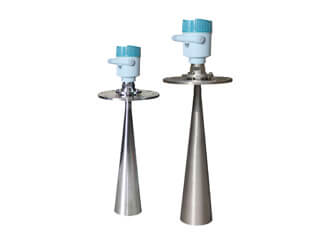
.jpg)
.jpg)
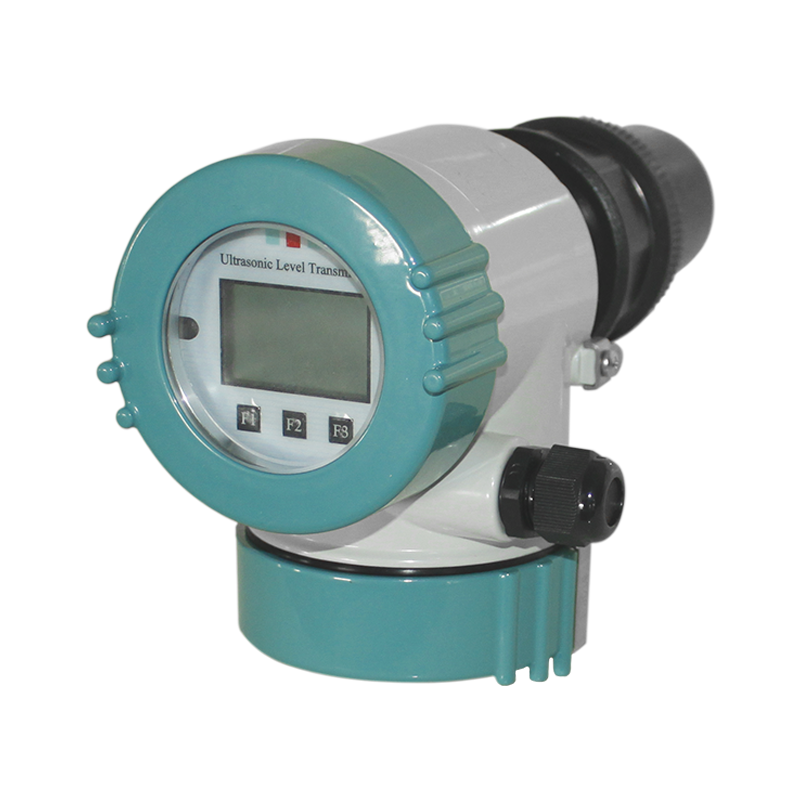
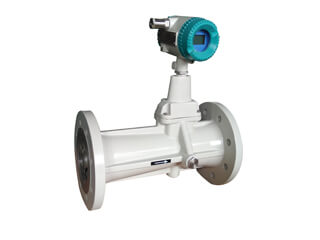
.jpg)
.png)
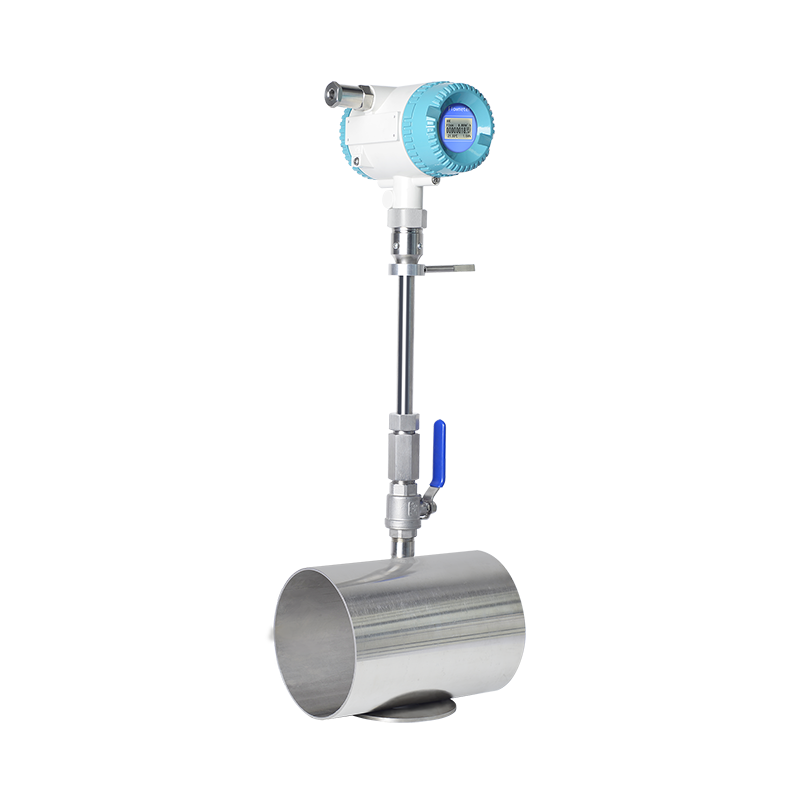
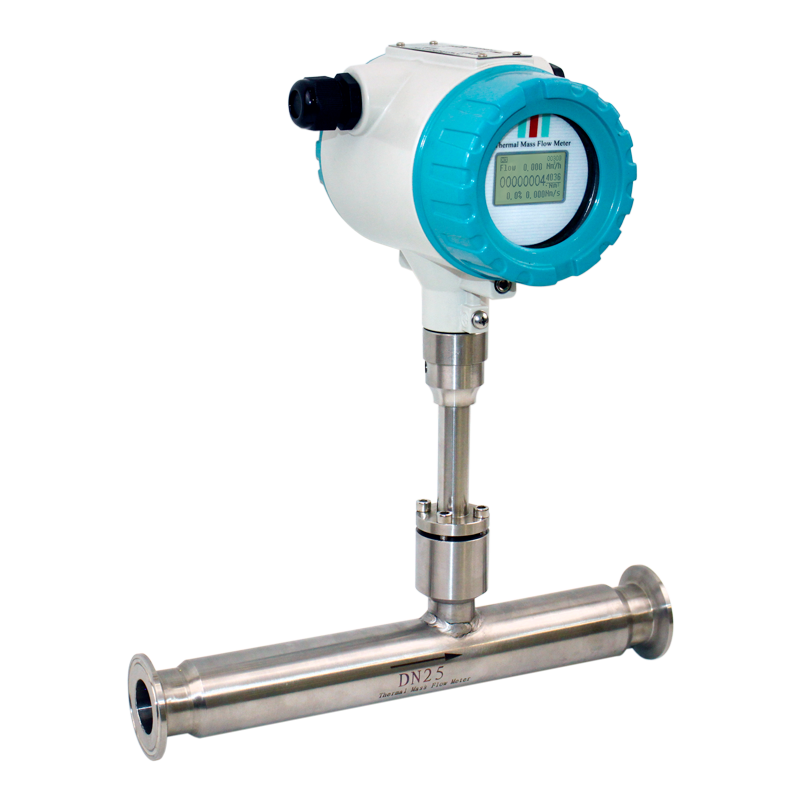
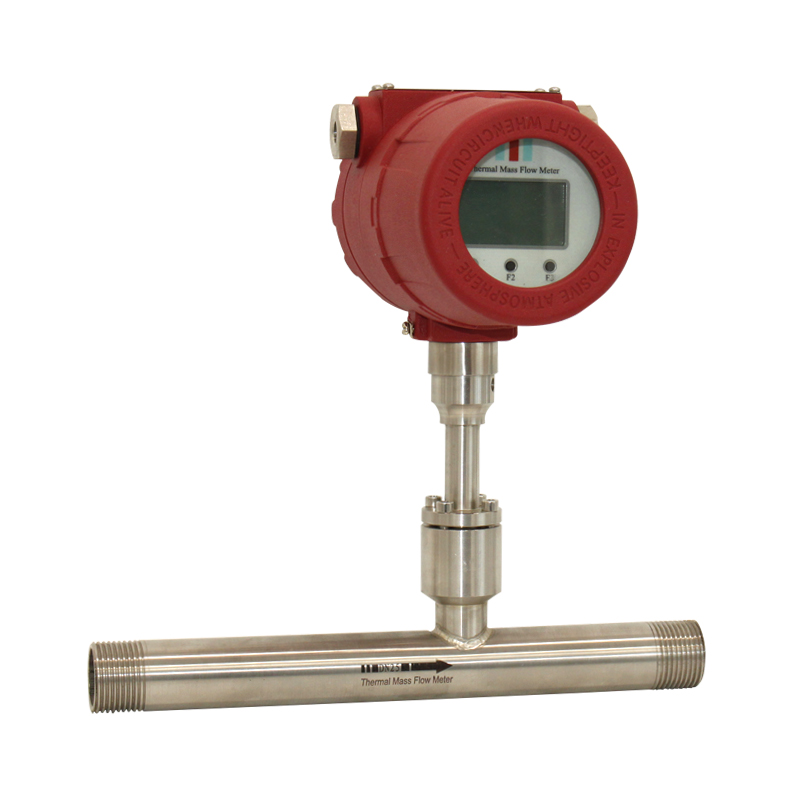
.jpg)
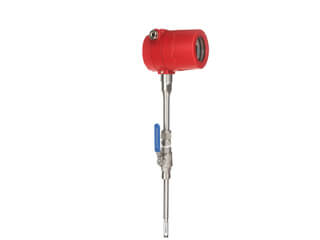
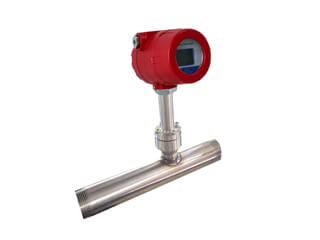
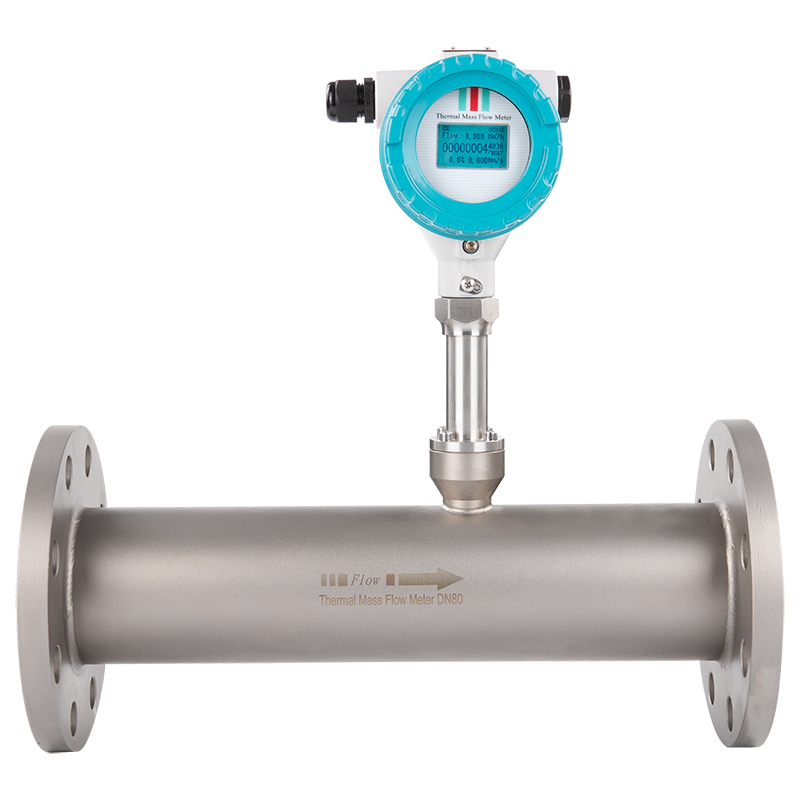
.png)
